Last Sunday, September 15, I took my first pelagic birding trip. The trip left port at Ucluelet, British Columbia, and is an annual trip organized as a fundraiser for Wild Research, based out of Vancouver. Traditionally, the trip heads out from port at 7:00 am and heads southwest for three and a half hours, eventually reaching a point 37 miles from land. You can read about the usual details of the pelagic trip at Wild Research’s Pelagic Trip details page.
In fact, Dave Ingram wrote a great piece about the pelagic trip that went out last spring, which I highly recommend you read as well!
The M.V. Frances Barkley set out from Ucluelet right on time at 7 AM, and returned to port just before 3 PM, and spotted 48 different bird species, and 5 mammals, including Orca, Humpback Whales, Dahl’s Porpoise, Pacific White-sided Dolphin, and California Sea Lions! We headed relatively straight south-west from port for 60 km, and had a few surprising birds along the trip as well… more on that later!
This year’s trip was, by all appearances, a bit gloomier than the trip last spring. Low clouds, a few rain showers, and a fog bank or two made photographing them a bit of a challenge, but I think I managed a few salvageable shots. The one thing that seemed to go our way was that there wasn’t anything resembling a significant wave for the duration of the trip, and I don’t believe a single one of the 96 participants on the trip was even slightly sea-sick.
The down side to this particular calmness is tied to the dominant form of flight for most sea birds, known as dynamic soaring, which requires both a little bit of wind, and some wave action for the wind to deflect off of, in order to generate lift.
Shortly after leaving the harbour, the gulls began to accumulate behind us. While I’m used to seeing flocks of gulls here at home in Calgary, I wasn’t quite prepared for the sheer volume of gulls that would tag along for the majority of our route.
The gulls did allow for some practice shooting from a moving boat, and also to get more familiar with some of the west coast species, as well as some old friends from back home.
Once we got a little further off-shore, we began moving through rafts of Common Murre, Sooty Shearwaters, and even started spotting some Pink-footed Shearwaters early on, but by far one of the early highlights was this Black-legged Kittiwake that hid amongst the gulls for a while before breaking off and flying well ahead of the boat.
By far, the most numerous bird out there were the Sooty Shearwaters, and it didn’t take too long to pick out the Pink-footed Shearwaters from the Sooty’s, given that the Pink-footed Shearwater is much lighter under the wings, and has an all-white belly.
We even managed to spy a couple of Flesh-footed Shearwaters throughout the trip, which are identifiable by their overall blackness, relative even to the Sooty.
This trip would have netted me two more lifers with the Parasitic and Pomarine Jaegers that were seen, except that one of each of these has been found at Weed Lake over the last month. They certainly are amazing to see in action on the open ocean doing what they do best… stealing food from gulls!
Of course there are always the major highlights of the day, which made the trip more than worthwhile. These three birds were by far the most anticipated of the day. The Northern Fulmar was the first off the list, followed very shortly by the South Polar Skua, and of course one of the most iconic seabirds out there; the Black-footed Albatross. The particular shot of the Black-footed Albatross turned up another nice surprise once I began reviewing my photos. A Buller’s Shearwater was in the frame just as I snapped the shot, one of the few we saw more than fifty kilometers out on the open Pacific.
And before I knew it, our chum had run out and it was time to head back to shore. While we didn’t see too much of note on the way back, we did find a lone Leach’s Storm Petrel, and got nice in close views of a few Rhinoceros Auklets and Common Murre, much closer than we had on the way out.
Oh, I almost forgot! I did mention at the top of the post that we did have a few surprising visitors, didn’t I? I did even manage a lifer that I would have never expected, let alone thirty kilometers out to sea. It was suspected that the fog, clouds, and generally inclement weather threw a small flock of migrating passerines off course. Sadly, a few of them fell into the wake of the boat and never resurfaced, but a pair of them found their way into the galley of the boat and were captured for later release once we returned to shore. In total, we had at least one White-throated Sparrow, a pair of Yellow-rumped Warblers, a few Yellow Warblers, a pair of Townsend’s Warblers, and this lone Chestnut-sided Warbler, my oddest life bird yet.
Would I go again? In a heartbeat. The time passed so quickly that it seemed like we had gone nowhere at all before we had to turn back around. If you’d like to see some more of the photos I took on this trip, check out my Flickr page. There’s plenty more shots that I simply didn’t have the space to put up here.
Thanks for reading, and good birding!



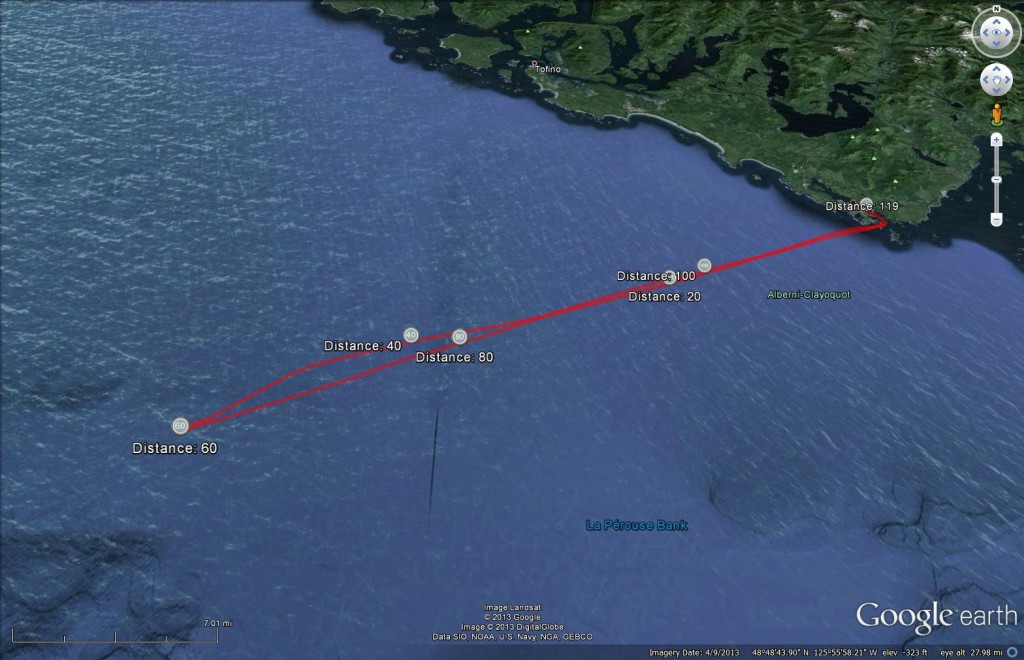
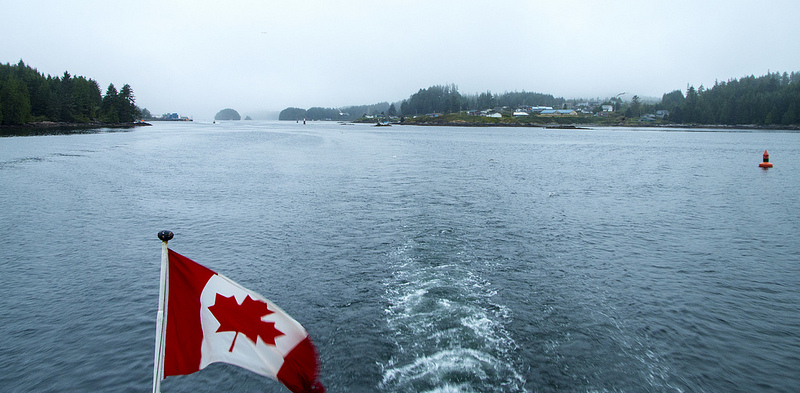
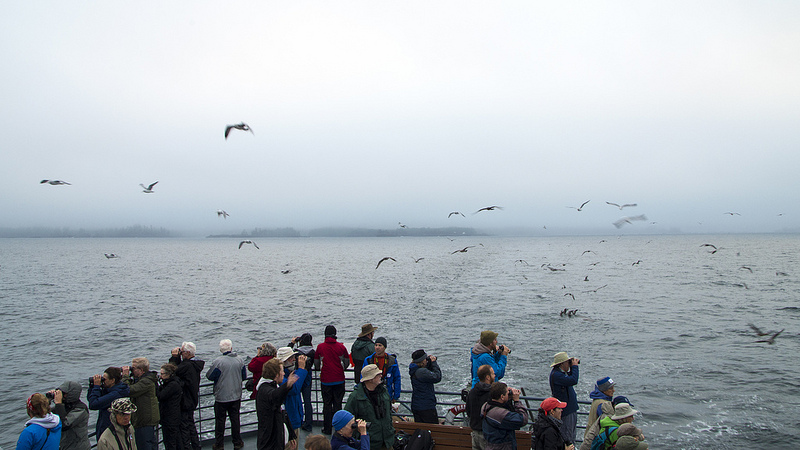
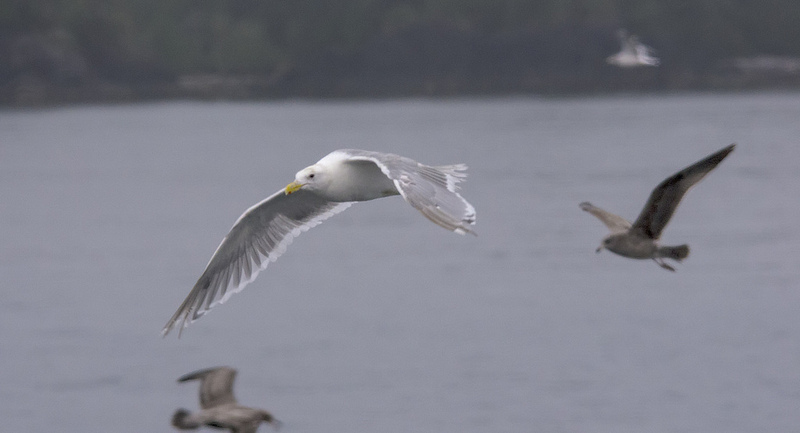
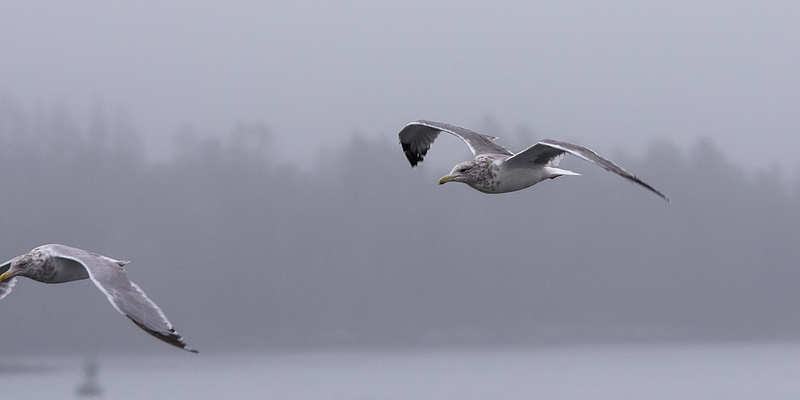
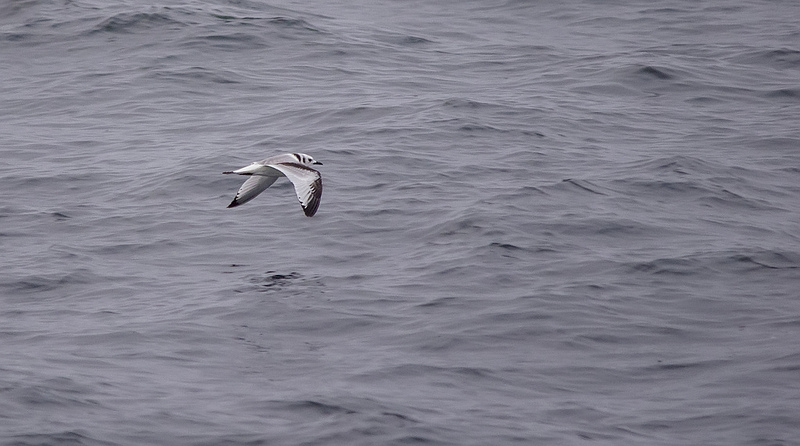
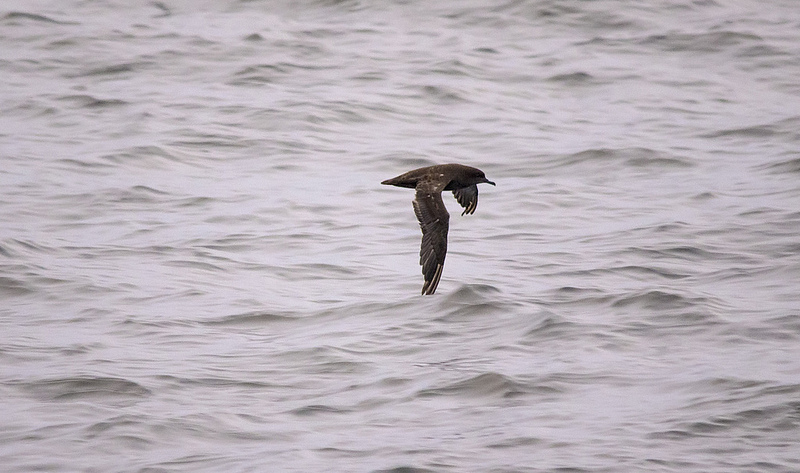
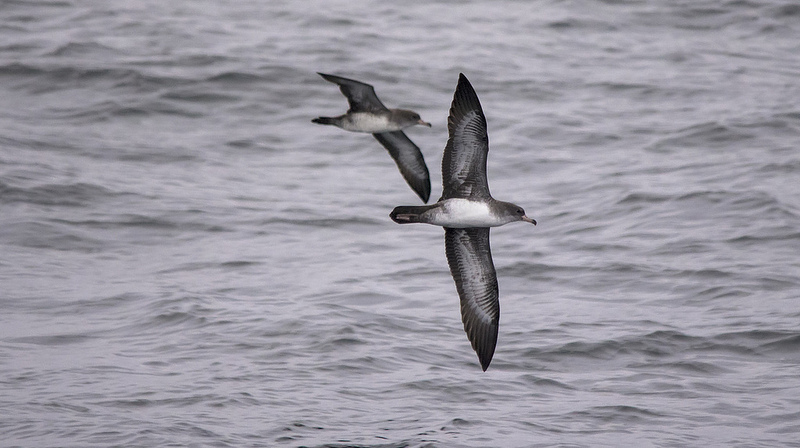
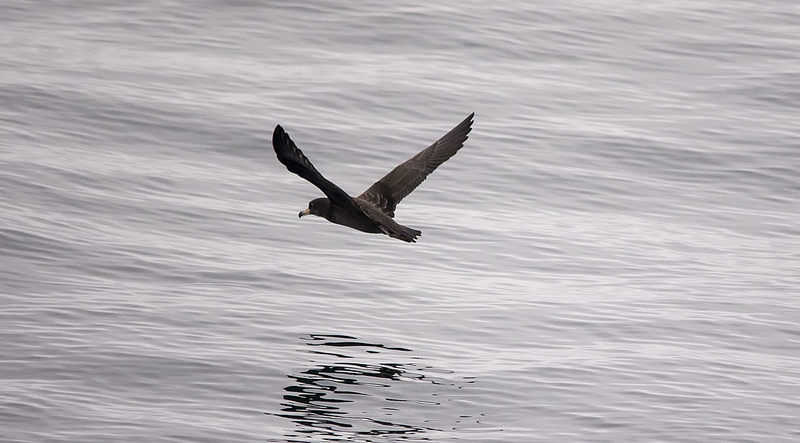
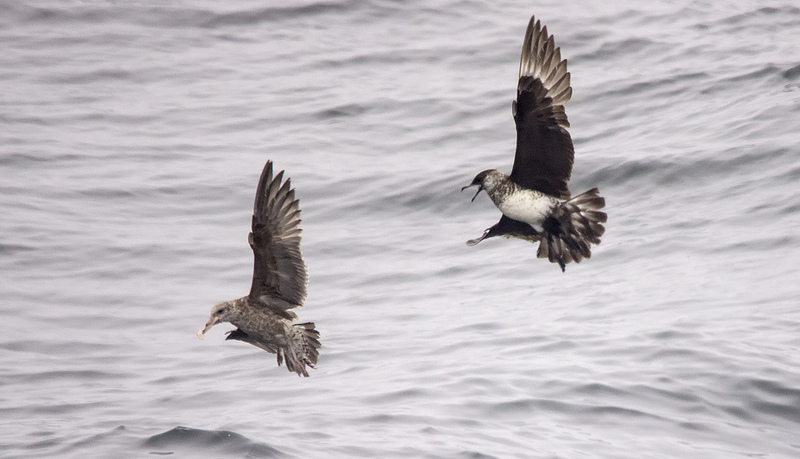
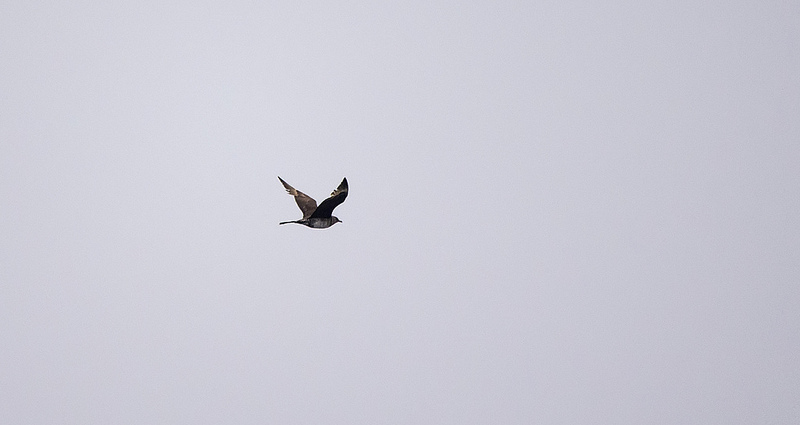

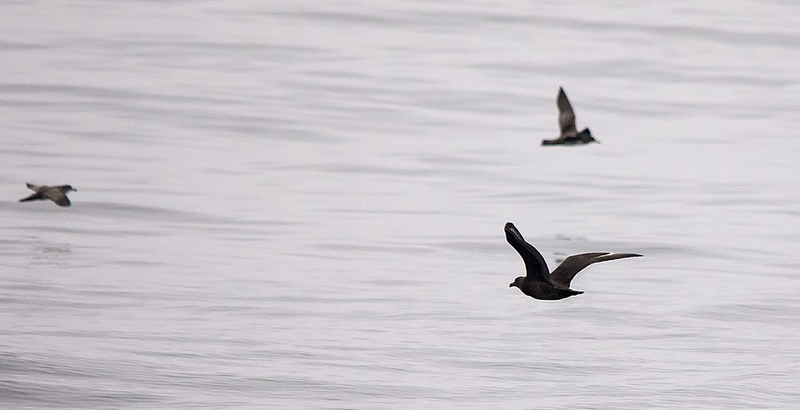
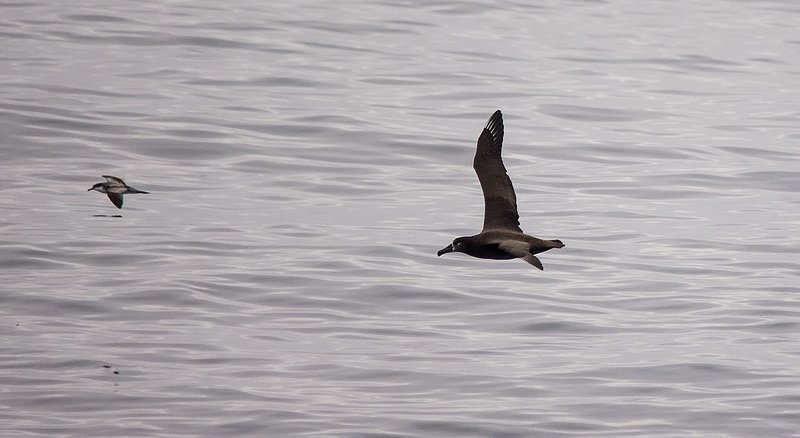
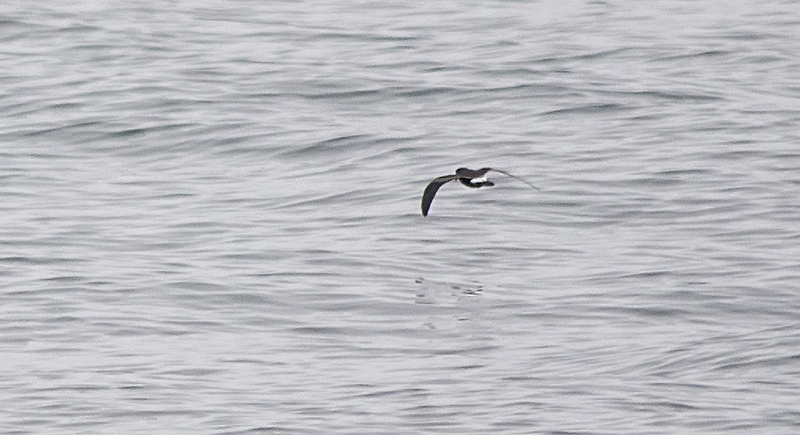
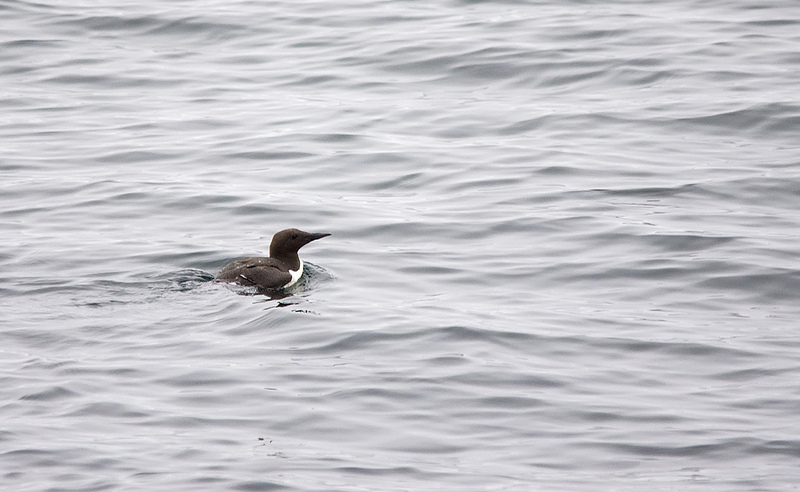
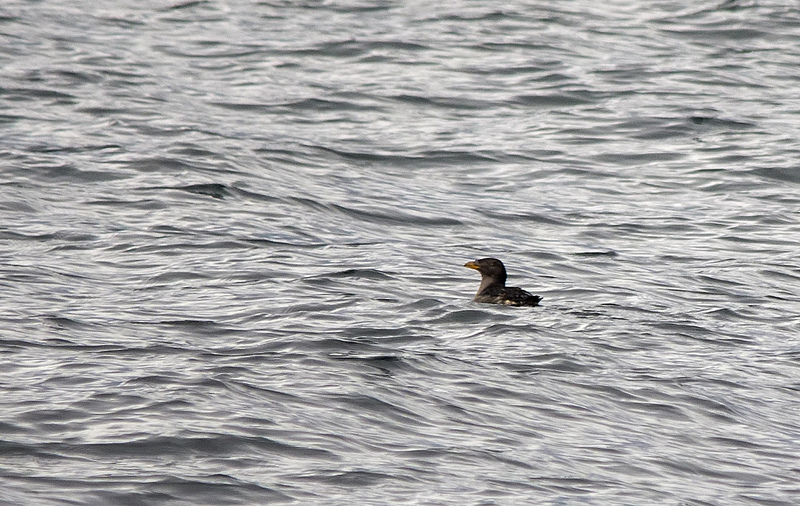
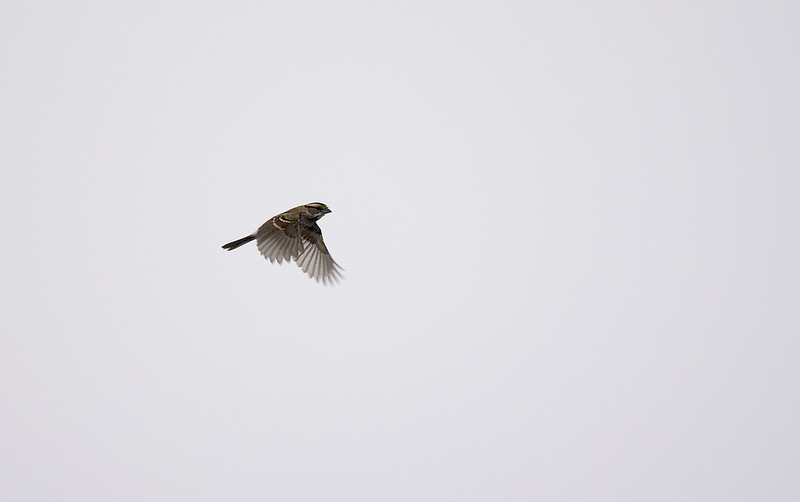

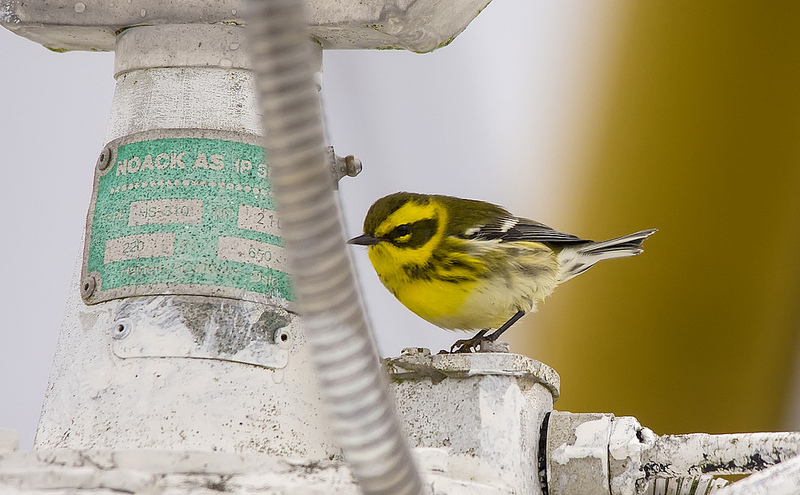
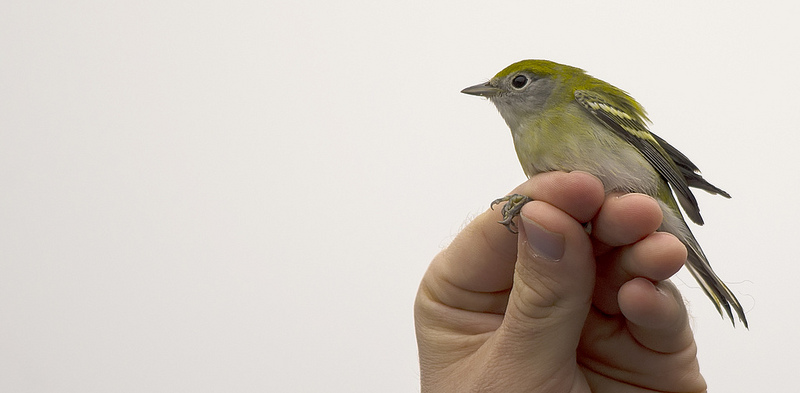
Pingback: My 2013 Birding Year in Review | Birds Calgary
Pingback: Gulls, Grebes and Grackles at Elliston Park | Birds Calgary
Thanks for the note, Greg. I’ve fixed the description in the original post. I may search through my shots for a Parasitic shot to put up as well though! For most of the species IDs, I was going by memory of when the birds were seen relative to what I was shooting, but one thing that stood out to me was that there were more than double the number of Pomarine Jaegers relative to Parasitic, and I know I only got on two Parasitics to try to snap some shots.
What a great group of migrant passerines! Your first pelagic trip is always magic.
One note. Both your jaeger photos are Poms.
Greg
Sounds like this was a great trip. I would love to do it someday, especially since I live so close. I am a bit concerned about seasickness, however! In any event, you did indeed get so good shots, especially given that the lighting was so bad.